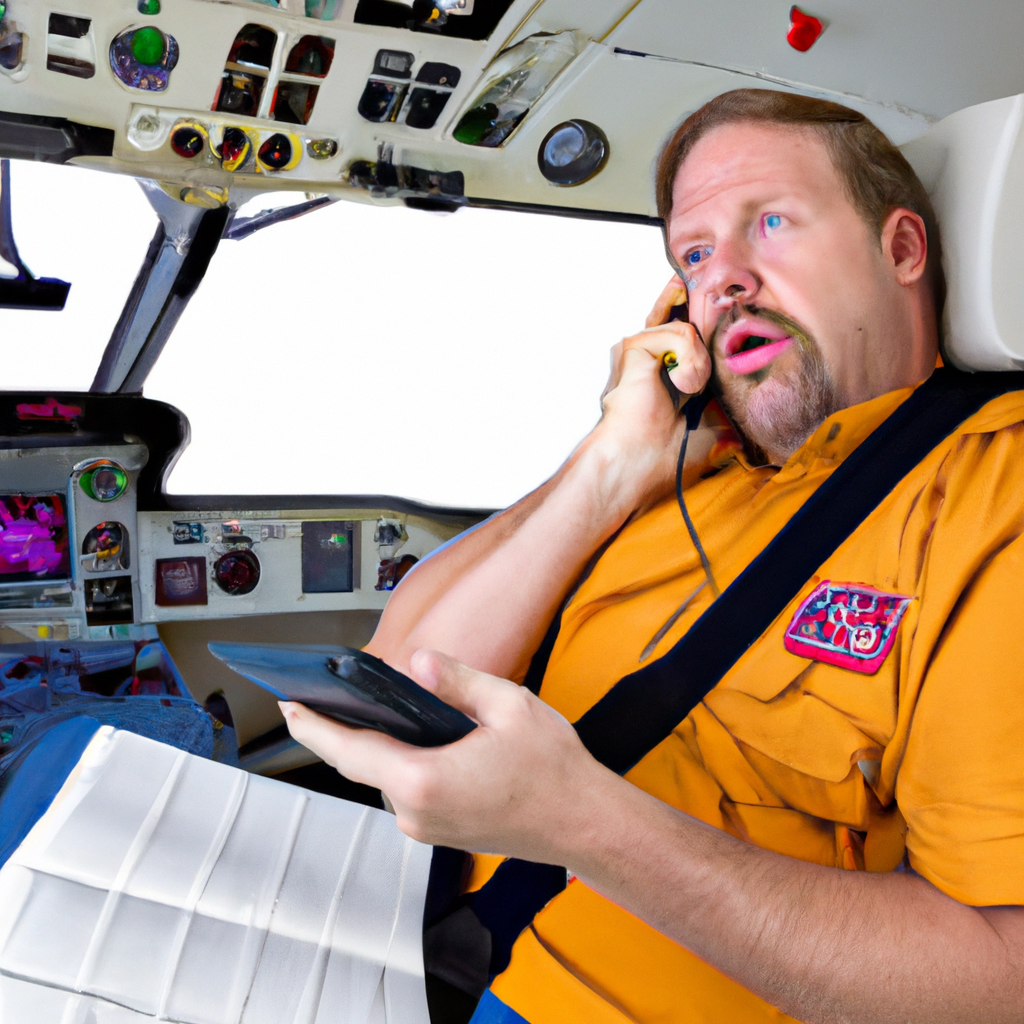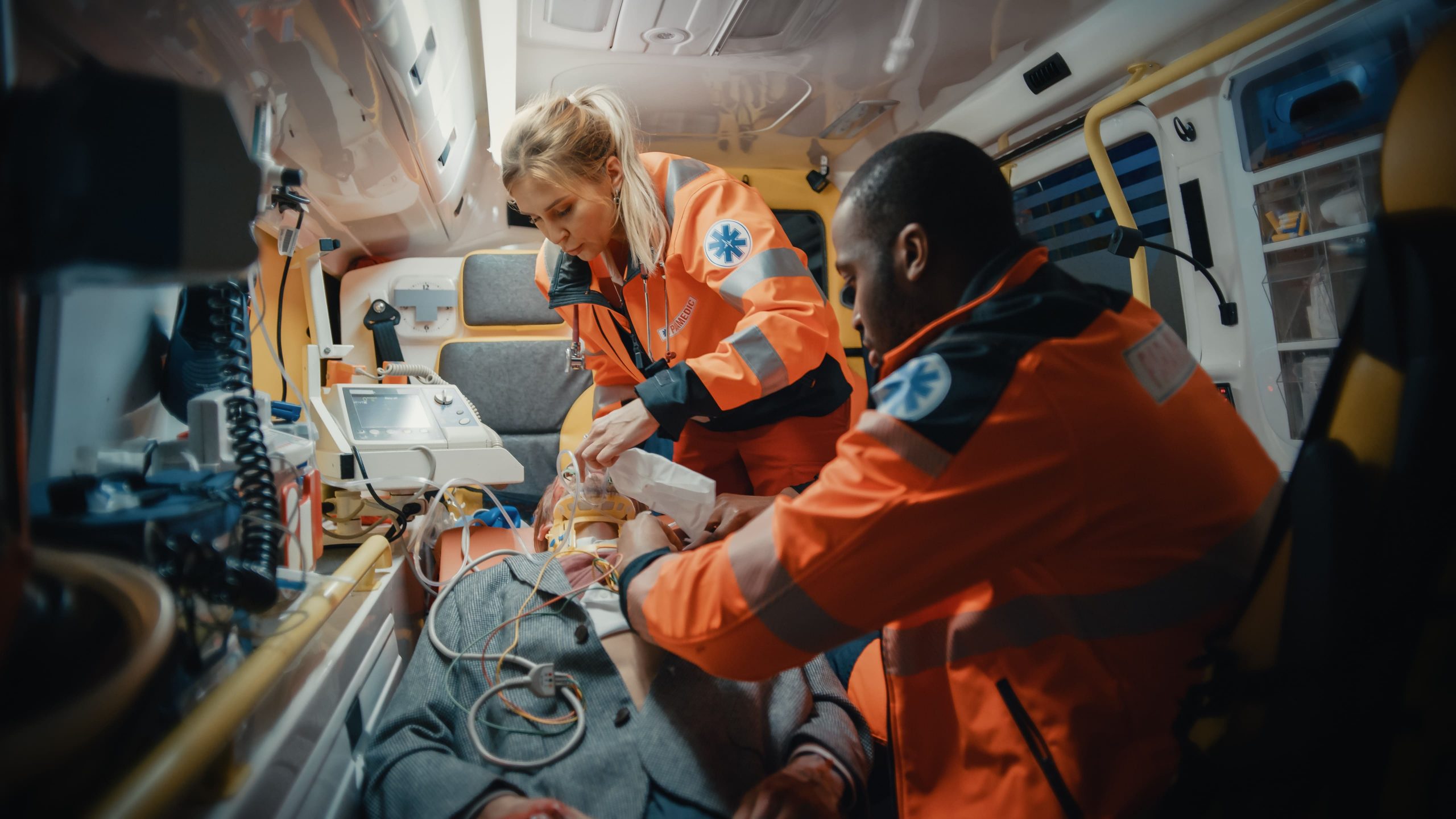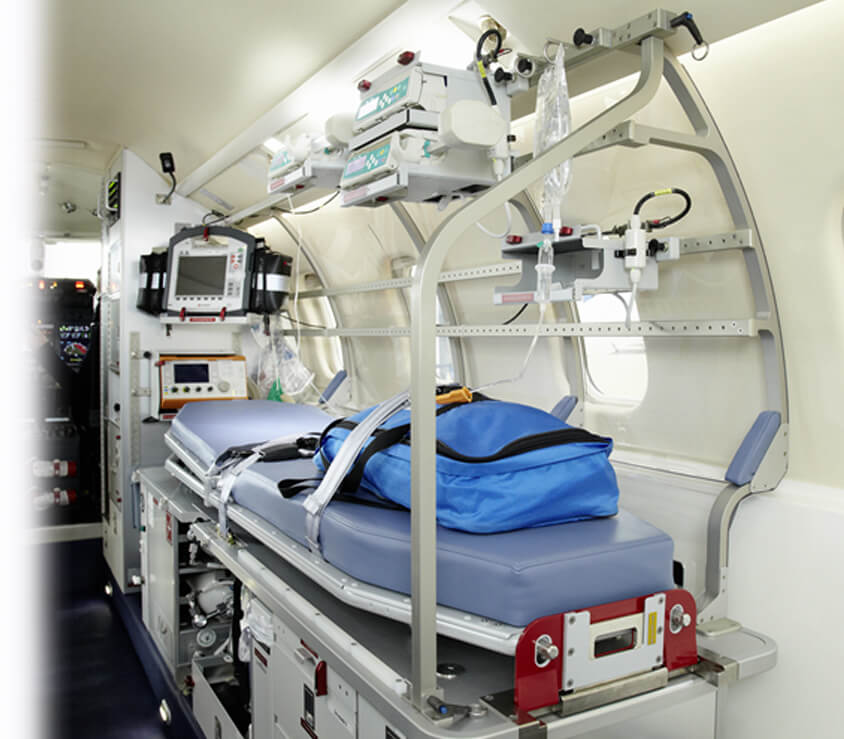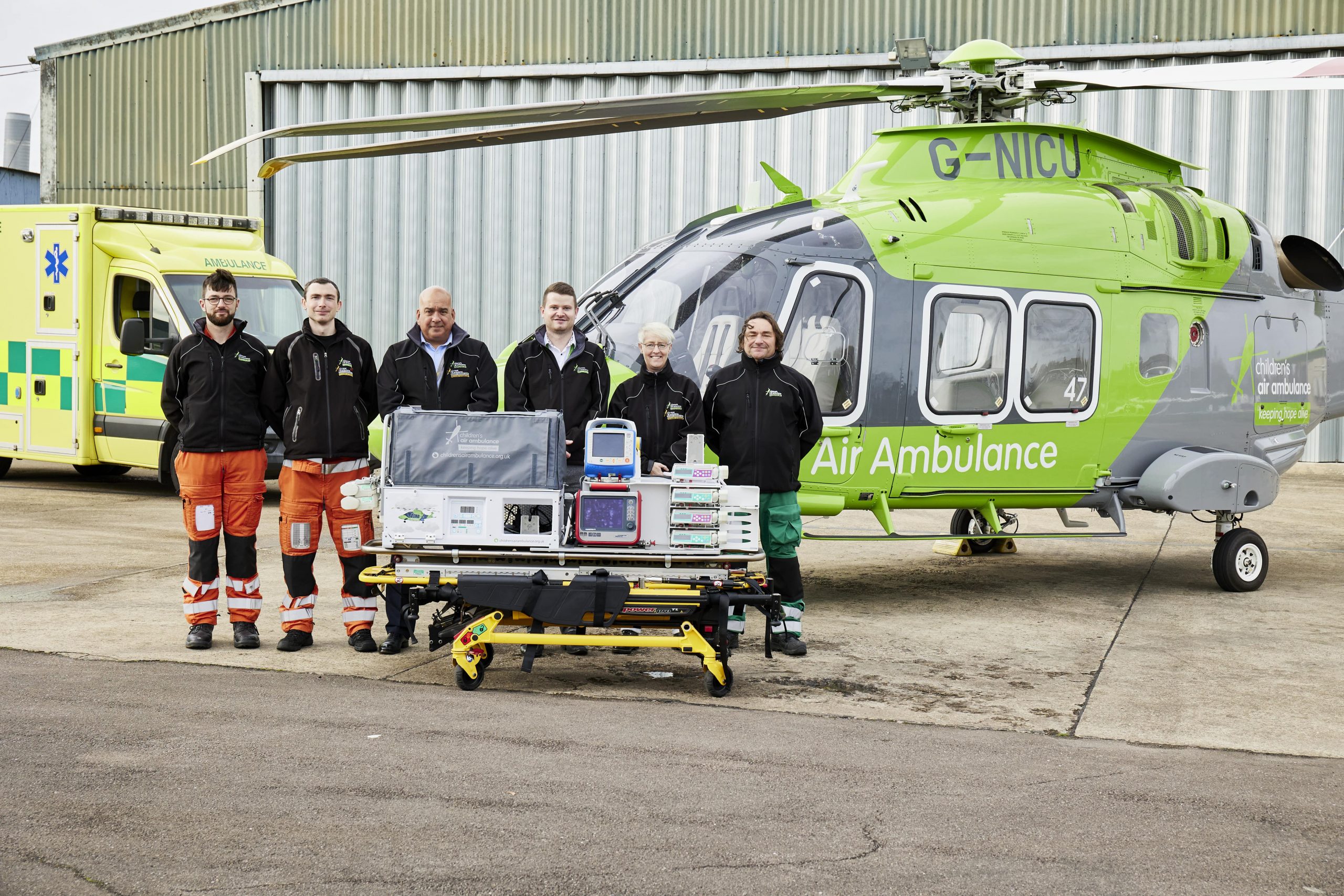Today, we’re going to tackle a topic that might make your heart skip a beat: the challenges of stabilizing patients in flight. Picture this: you’re soaring thousands of feet above the ground in a plane specifically designed to transport medical emergencies. It’s a high-pressure situation filled with unique obstacles that healthcare professionals must navigate to ensure the safety and well-being of their patients. From maintaining stable vital signs to mitigating the effects of altitude, this article will explore the complexities and key considerations involved in stabilizing patients in flight. So fasten your seatbelts, folks, because we’re about to take off on a fascinating journey into the world of air ambulances.
1. Introduction
Air medical transport plays a crucial role in the timely and efficient transportation of patients who require specialized care. Whether it’s responding to emergencies or transferring patients between medical facilities, air ambulances must overcome numerous challenges to ensure the safety and well-being of the patients they transport. In this article, we will explore the various environmental, logistical, and medical challenges that are encountered during air medical transport and how professionals overcome them.
2. Environmental Factors
2.1 Cabin Pressure
One of the primary environmental factors that must be addressed during air medical transport is cabin pressure. As an aircraft ascends to higher altitudes, the cabin pressure decreases, which can have significant implications for patients with certain medical conditions. The decrease in cabin pressure can lead to decreased oxygen levels in the blood, potentially exacerbating respiratory issues and impairing the well-being of patients. Air ambulances are equipped with pressurized cabins to maintain an environment closer to sea level, thus minimizing the impact on patients’ health.
2.2 Temperature Control
Maintaining a suitable temperature within the aircraft cabin is another challenge faced during air medical transport. Extreme temperatures can have adverse effects on patients’ conditions, especially those with heat-sensitive illnesses or temperature regulation issues. Air ambulances are equipped with environmental control systems to ensure a comfortable temperature range is maintained, even in extreme conditions.
2.3 Turbulence
Turbulence is an inherent challenge of air travel and can complicate the medical care provided to patients. Sudden movements or vibrations caused by turbulence can potentially compromise the stability of medical equipment and the safety of both patients and medical personnel. Air ambulances are designed with enhanced stability features and specialized equipment that can cope with turbulence, mitigating its impact on patient care.
3. Limited Space and Mobility
3.1 Restricted Movement
Space limitations within the aircraft cabin pose challenges for medical professionals providing care during air medical transport. The confined space restricts mobility, making it difficult to maneuver and access patients. Additionally, performing medical procedures such as intubation or CPR can be more challenging due to limited space. Medical teams in air ambulances undergo specialized training to adapt to the unique spatial constraints and ensure effective patient care even in restricted areas.
3.2 Equipment Placement
Proper placement of medical equipment is crucial to ensure that it remains secure during the flight and readily accessible for medical interventions. Air ambulances are equipped with specially designed storage compartments and securing mechanisms to prevent equipment from shifting or becoming dislodged during turbulence or unexpected aircraft movements. Strategic equipment placement minimizes the risk of injury to patients and medical personnel while also ensuring efficient access to necessary medical interventions.
4. Medical Challenges
4.1 Critical Care
Providing critical medical care during air transport presents unique challenges. Patients who require intensive care may have complex medical conditions that require constant monitoring and intervention. Air ambulances are equipped with specialized medical equipment, including cardiac monitors, ventilators, and infusion pumps, to provide continuous critical care while in flight. The medical personnel on board are highly trained to deliver specialized treatments and respond swiftly to any complications that may arise.
4.2 Medication Administration
Administering medications accurately and safely is of utmost importance during air medical transport. The effects of medications may be influenced by factors like altitude, temperature, and cabin pressure, necessitating precise calculations and adjustments. Air ambulances have stringent protocols in place to ensure medication safety, including double-checking medication dosages, maintaining proper storage conditions, and monitoring patient responses closely throughout the flight.
4.3 Monitoring Vital Signs
Continuous monitoring of vital signs is essential to detect any changes in a patient’s condition during a flight. Air ambulances are equipped with advanced monitoring systems that allow medical professionals to track heart rate, blood pressure, oxygen saturation levels, and other vital signs in real-time. Any deviations from normal parameters can trigger immediate interventions or adjustments in the flight plan to ensure the well-being of the patient.
4.4 Emergency Procedures
Despite meticulous planning and advanced medical care on board, emergencies can still occur during air medical transport. Medical teams in air ambulances undergo rigorous training to handle in-flight emergencies effectively. This includes practicing emergency procedures, such as responding to cardiac arrest, managing respiratory distress, and stabilizing patients in critical condition. Air ambulances are equipped with emergency medical equipment and medications to address a wide range of potential emergencies that may arise during the flight.

5. Communication and Coordination
5.1 Interference with Communication
Maintaining effective communication during air medical transport can be challenging due to several factors. The noise level inside an aircraft cabin can interfere with clear communication between medical personnel, potentially leading to misunderstandings and errors in patient care. Air ambulances utilize specialized communication systems, including headsets and secure radio channels, to ensure clear and reliable communication among the medical team.
5.2 In-flight Teamwork
Collaboration and teamwork among medical personnel are vital during air medical transport to provide seamless patient care. The limited space within the aircraft cabin requires effective coordination and clear communication between team members. Medical professionals in air ambulances undergo extensive training to enhance their teamwork and problem-solving skills, ensuring optimal patient outcomes even in challenging and fast-paced environments.
5.3 Coordination with Ground Medical Staff
Air medical transport often involves transfer of patients between medical facilities, requiring coordination between the air ambulance crew and ground medical staff. Efficient communication with ground medical personnel is necessary to ensure a smooth transition for patients, including sharing medical information, coordinating ground transportation, and planning for immediate care upon arrival. Air ambulances have dedicated communication channels and protocols in place to facilitate effective coordination with ground medical staff.
6. Time Constraints and Distance
6.1 Quick Decision Making
Time constraints and the need for quick decision making are crucial elements in air medical transport. Medical teams must rapidly assess the patient’s condition, determine the appropriate course of action, and make critical decisions in a high-pressure environment. The ability to think quickly and effectively is essential in ensuring optimal patient care during air transport.
6.2 Remote Locations
Air ambulances often encounter the challenge of reaching remote locations where access to medical facilities and resources may be limited. In such cases, air ambulances serve as a lifeline, providing timely transportation and specialized medical care to patients in need. The ability to navigate and operate in challenging and remote environments is a crucial aspect of air medical transport, allowing medical professionals to reach patients who would otherwise face significant delays in receiving the care they require.
7. Equipment Limitations
7.1 Suitable Medical Equipment
Selecting and maintaining suitable medical equipment is crucial for providing quality care during air medical transport. The equipment used must be lightweight, compact, and capable of withstanding the unique challenges associated with air travel. Air ambulance teams carefully assess and equip their aircraft with the necessary devices and technology to ensure safe and effective medical interventions throughout the transportation process.
7.2 Power Supply
Air ambulances must have a reliable power supply to support the operation of essential medical equipment during the flight. The aircraft’s power system must be capable of supplying uninterrupted power to critical devices, such as ventilators, infusion pumps, and monitoring equipment. Redundant power sources and backup systems are often incorporated to ensure continuity of care even in the event of power failure.
8. Training and Expertise
8.1 Specialized Training
The medical professionals working in air ambulances undergo specialized training to prepare them for the unique challenges of air medical transport. This training includes a combination of clinical experience, simulation-based education, and rigorous certification programs. The focus is on developing the knowledge, skills, and critical thinking abilities required to provide high-quality care in the demanding and dynamic environment of air transport.
8.2 Experience in Air Medical Transport
Experience plays a significant role in the ability of medical professionals to handle the challenges encountered during air medical transport. Prior experience in air ambulances provides valuable insights into effective patient care strategies, efficient teamwork, and the ability to adapt to the complexities of providing medical care in flight. Experienced professionals bring a wealth of knowledge and expertise that enhances the overall safety and quality of patient care during air transport.

9. Patient Comfort and Psychological Impact
9.1 Noise and Vibrations
The noise and vibrations experienced during air travel can be unsettling and discomforting for patients, potentially exacerbating their stress and anxiety. Air ambulances incorporate noise-dampening features and vibration reduction technologies to create a more comfortable environment for patients. Providing a calm and soothing atmosphere contributes to a positive patient experience and can help alleviate the psychological impact of air travel.
9.2 Fear of Flying
Some patients may experience fear or anxiety related to flying, which can be especially challenging during air medical transport. The medical team on board air ambulances is trained to address and manage patient anxiety effectively. They provide reassurance, engage in open communication, and employ relaxation techniques to help patients feel more at ease during the flight.
9.3 Importance of Communication
Maintaining effective communication with patients is crucial to address their concerns and ensure their well-being during air medical transport. The medical team strives to establish a trusting and empathetic relationship with patients, actively involving them in their care decisions and addressing any questions or worries they may have. Clear and compassionate communication helps alleviate patient anxiety and contributes to a positive experience during air transport.
10. Legal and Regulatory Considerations
10.1 Licensing Requirements
Air ambulance services must comply with specific licensing requirements to ensure the safety and quality of patient care. These requirements vary among jurisdictions but often include certifications for both the air ambulance service provider and the medical personnel involved. Compliance with licensing regulations helps ensure that patients receive care from qualified professionals and that the air ambulance service operates in accordance with the highest standards of safety and quality.
10.2 Liability and Insurance
Liability and insurance considerations are essential aspects of air medical transport. Air ambulance services invest in comprehensive liability insurance coverage to protect patients, medical personnel, and the organization itself. Adequate insurance coverage helps mitigate financial risks and ensures that patients are protected in the event of any adverse incidents during air transport.
10.3 Compliance with Aviation Regulations
Air medical transport operates within the framework of aviation regulations established by civil aviation authorities. Compliance with these regulations is critical for ensuring the safety and operational integrity of air ambulance services. These regulations cover various aspects such as aircraft maintenance, crew training, flight operations, and emergency procedures. Adherence to aviation regulations helps maintain the highest standards of safety and professionalism in air medical transport.
In conclusion, air medical transport involves overcoming numerous challenges to provide specialized care to patients during flights. From environmental factors like cabin pressure and temperature control to limitations in space and mobility, medical professionals in air ambulances face unique obstacles. However, through specialized training, expertise, and effective teamwork, these challenges are navigated successfully to ensure the well-being and safety of patients throughout the transport process.



